CES 2007 + iPhone
Although Motorola didn't have many phones to announce, the phone they did announce represents the start of a new generation of phones for Motorola.
The RIZR Z6 doesn't look all that different from the Z3, except that it's shinier. Shiny surfaces that attract smudges are all the rage this year. When you press a button or slide the phone open, then you also might notice the new QVGA screen on the Z6. The Z3 already had a large screen but it was only 220 x 176. Motorola seems to be standardizing on QVGA screen for all their Linux-Java phones.
Which brings us to what's really big news about the RIZR Z6, it's the first phone running this new operating system destined for the US. Not much has changed since we previewed the Linux-Java OS back in October, but we didn't expect it to. Motorola introduced a number of refinements with the new interface and they are continuing to improve it. The version loaded on the Z6 we tested was still a work in progress.
In fact the hardware is still a work in progress. Motorola is repeating the same development process as they did on Z3. Just as on the Z3 prototype we tested back in the spring, the Z6's spring is very stiff. You have to push much harder than expected to open the phone and then it flies open like slingshot. Motorola was able to fine tune this before the Z3 release and we expect the same of the Z6.
Behind the slide of Z6 lies more "tattooing," though Motorola is no longer calling it that. Instead of laser-etched patterns, the Z6 features a screen printed halftone pattern that looks fairly modern. It's at least something more interesting to look at than black plastic when people see you on the phone.
Although the D-pad of the Z6 looks similar, it feels very different. There are raised rubber arrows indicating the directions on the Z6's circular pad. They are not so large that they press in sharply on your thumb, but they are big enough to stop you from running your thumb around the circle of the pad. Because this is often how we change directions when navigating around the phone, we're not sure how we like this. But someone will surely appreciate the fact that the arrows glow bright blue. The center select key on the Z6 is also a bit stiffer and slightly smaller than on the Z3, but it is also slightly raised, which makes it easy to press.
To the left of the D-pad is a music key, which leads to a music player similar to what we saw on the ROKR E2. The big news is not the music player itself, but the fact that Motorola has signed onto Windows Media Plays For Sure program. This means that when you connect your Z6 to a PC, it will show up in Windows Media Player as a portable device and you will be able to transfer music, even purchased or subscription music, to the phone. Cingular is also offering this same feature on their 3G music phones like the Sync. Motorola has signed deals with a few music labels to get exclusive content for their phones.
As on the E2, the player can be minimized to play in the background while you do other things on the phone. Motorola appears to be working on a new homescreen interface for the minimized player, but it is still clearly under development.
Motorola also had a Cingular branded V3xx at the show.
While it's no surprise that this phone is coming to Cingular, what was surprising was that we were told the phone is already available. The V3xx has 1.8 Mbps HSDPA and all the applications that Cingular is including on its new 3G phones including video and music.
The V3xx is slightly longer than a standard RAZR V3 - to accommodate the extra 3G HSDPA circuitry - but is otherwise identical to most RAZRs.
Motorola had one particularly interesting little unannounced phone tucked away in a corner of its booth. The C950 is Motorola's current CDMA / Wi-Fi combo phone. It's not planned for full-scale commercial release, but some large batches have been made for use in carrier trials of CDMA / Wi-Fi service.
The C950 seems to be based on the V323 / V325 currently on the market, just with Wi-Fi and a color external display. It has some configuration menus for Wi-Fi, but once it's set up, it's mostly an invisible, seamless feature. When you're in Wi-Fi coverage, it will use that, and when you leave Wi-Fi coverage, it will seamlessly hand over to the CDMA network.
Although the hand-over from Wi-Fi to CDMA should be seamless, Motorola is actually working on ways to alert the user when this happens. That's because carriers are expected to charge different rates for each type of service. Wi-Fi calling may be a cheap, flat rate for unlimited use, while CDMA will use your plan minutes as usual. Therefore the phone may sound a tone, etc. to tell you when you leave the "cheap airtime zone" created by Wi-Fi coverage.
There's also a dedicated light on the phone to indicate Wi-Fi coverage: The concentric rings around the Motorola logo on the cover light up when the phone has Wi-Fi signal. A small red "Wi Fi" icon on the inner display's status bar also indicates Wi-Fi coverage, and a cone-shaped set of bars all the way on the left indicates Wi-Fi signal strength.
The main carriers testing Wi-Fi / CDMA service right now in the U.S. are the big cable companies that have partnered with Sprint, so we assume this phone is being used for those trials. By the time they are ready to launch their service to the public, Motorola plans to have the C950's successor ready, which will add EV-DO high-speed data and possibly other features.
Although they're already out, this was also our first chance to get some hands-on time with the ic402:
...and ic502 dual-mode phones for Nextel.
The first thing you notice when picking up these phones is how light they are. Taking into account how heavy iDEN phones normally are and the fact that the ic series has even more electronics inside, the weight (or lack thereof) was shocking. The ic phones were also thinner than most iDEN phones, but certainly not as thin as the 830s.
There is no obvious indication on the phone that it is on two networks at once. The integration was so transparent when trying out the functions that we actually forgot that the phone was on the CDMA network and only walkie talkie functions are on iDEN.


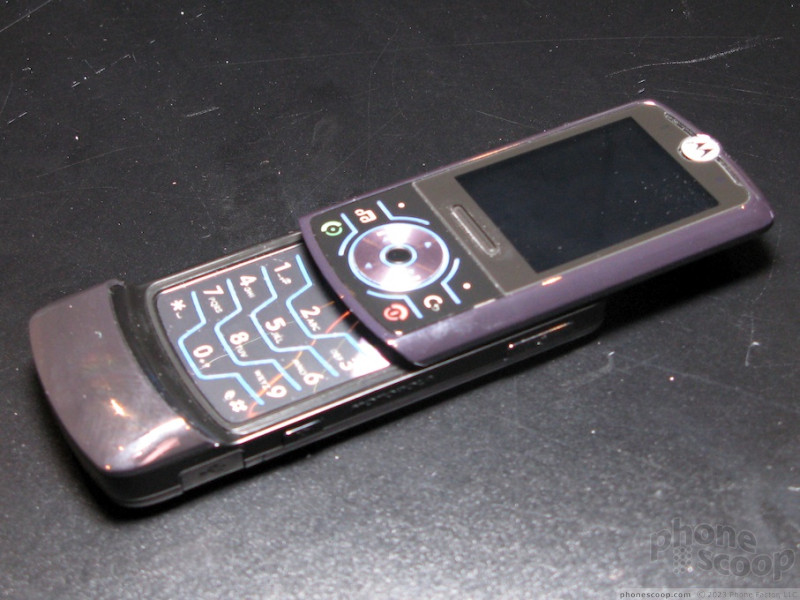







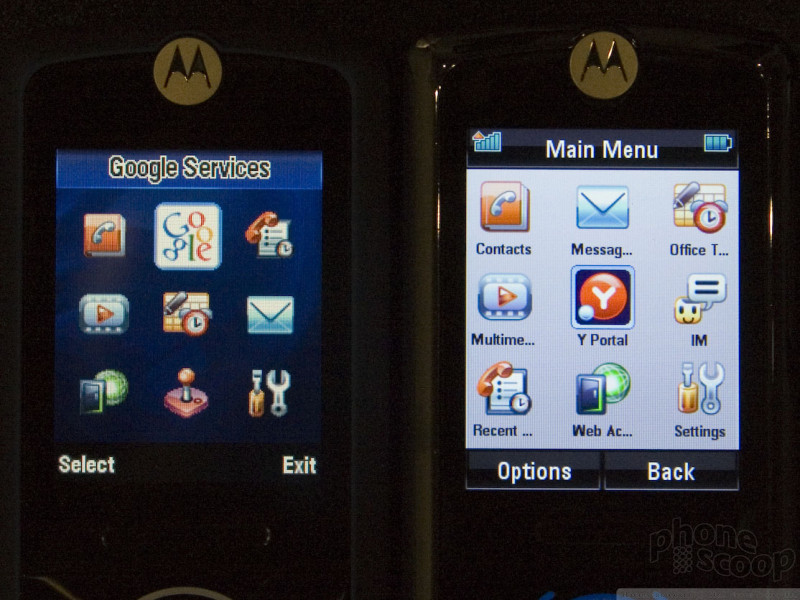



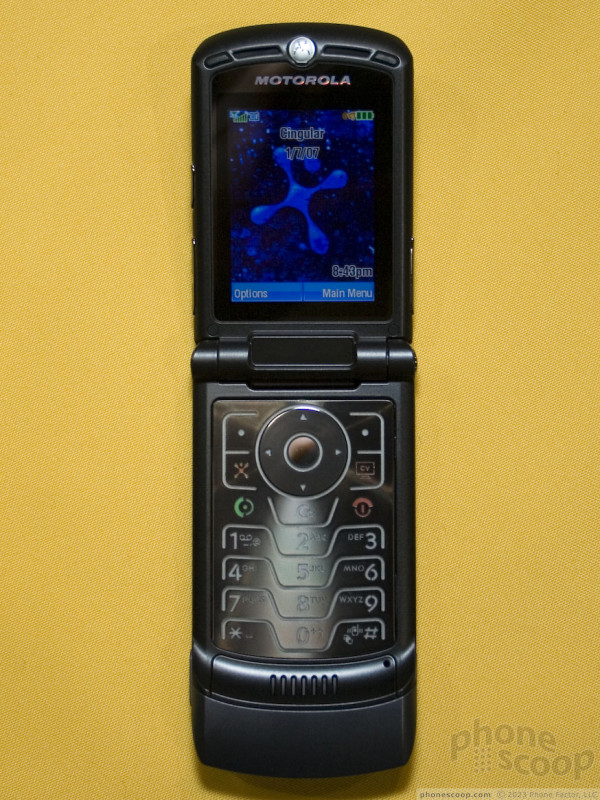





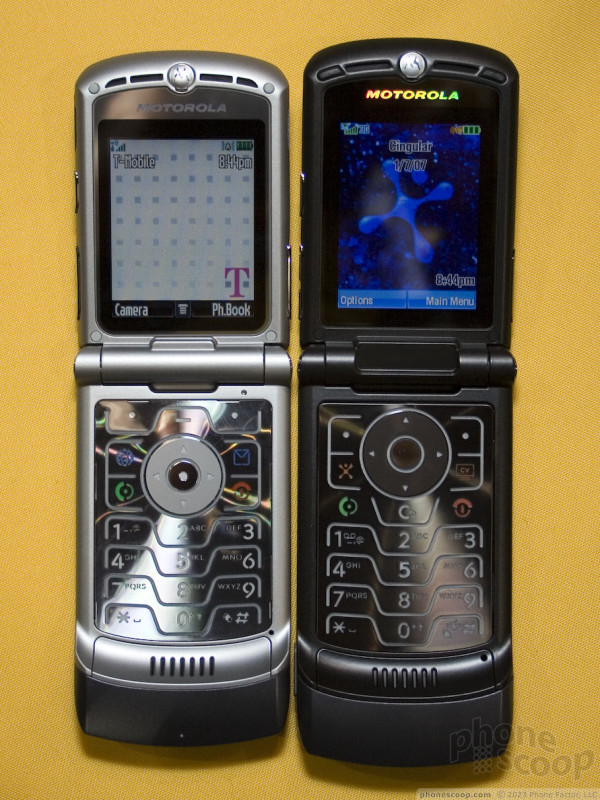



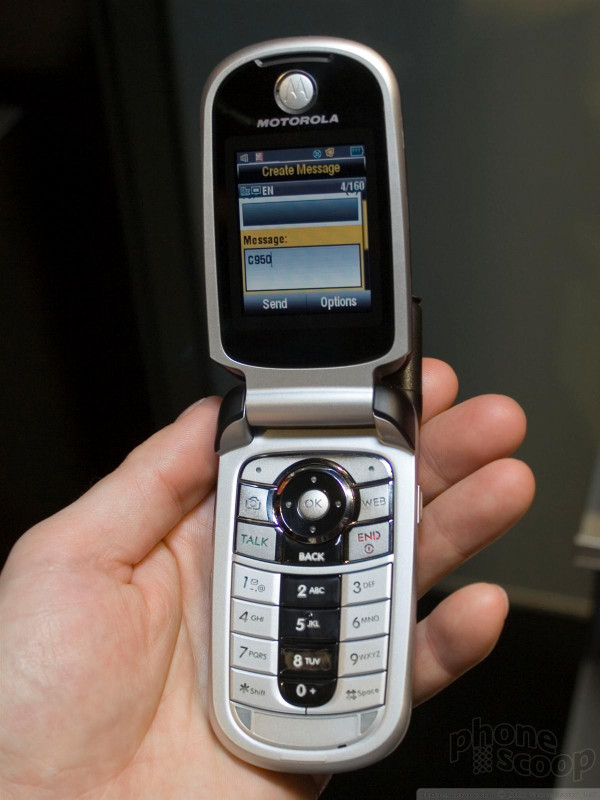









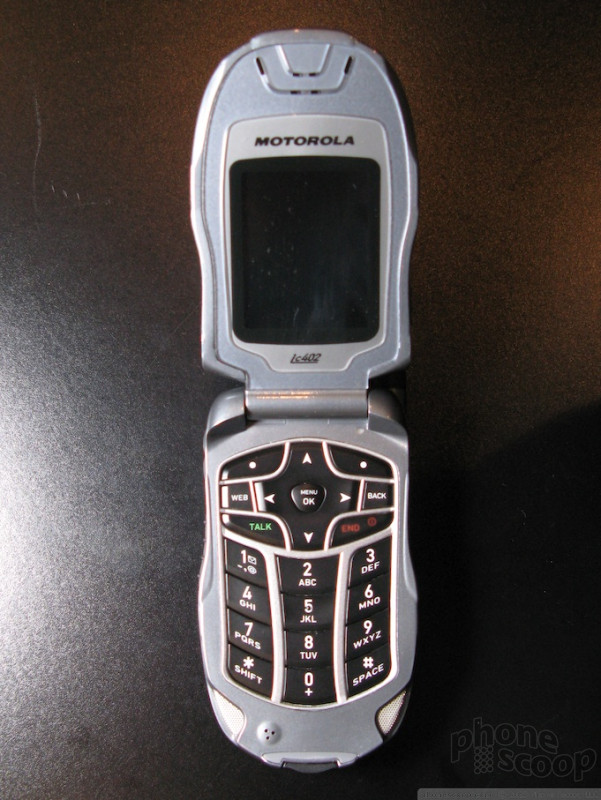


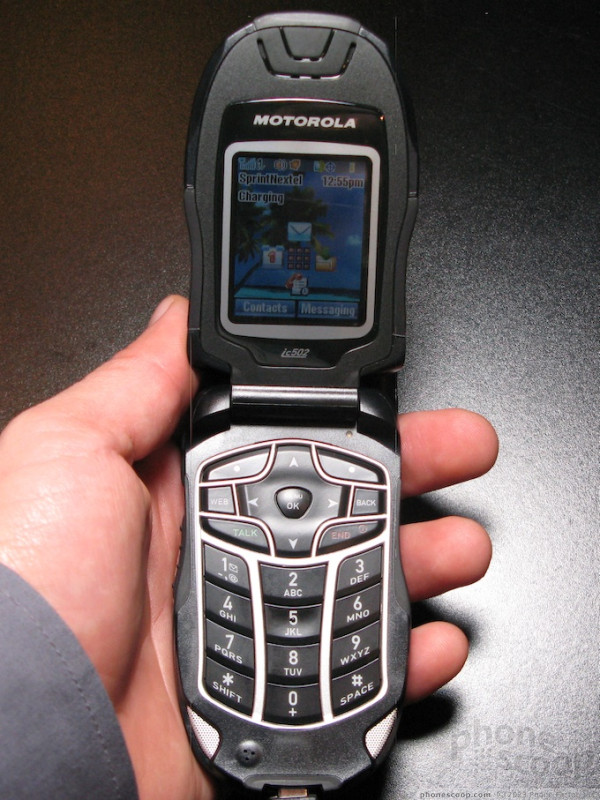


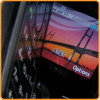 Video Tour: Samsung A717 & A727
Video Tour: Samsung A717 & A727
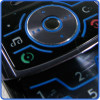 Review: MOTOROKR Z6
Review: MOTOROKR Z6
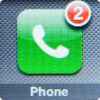 Review: iPhone
Review: iPhone
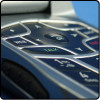 Review: Motorola ic402
Review: Motorola ic402
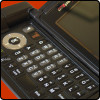 Samsung U740 Video Tour
Samsung U740 Video Tour
 Motorola ic502 Buzz
Motorola ic502 Buzz







